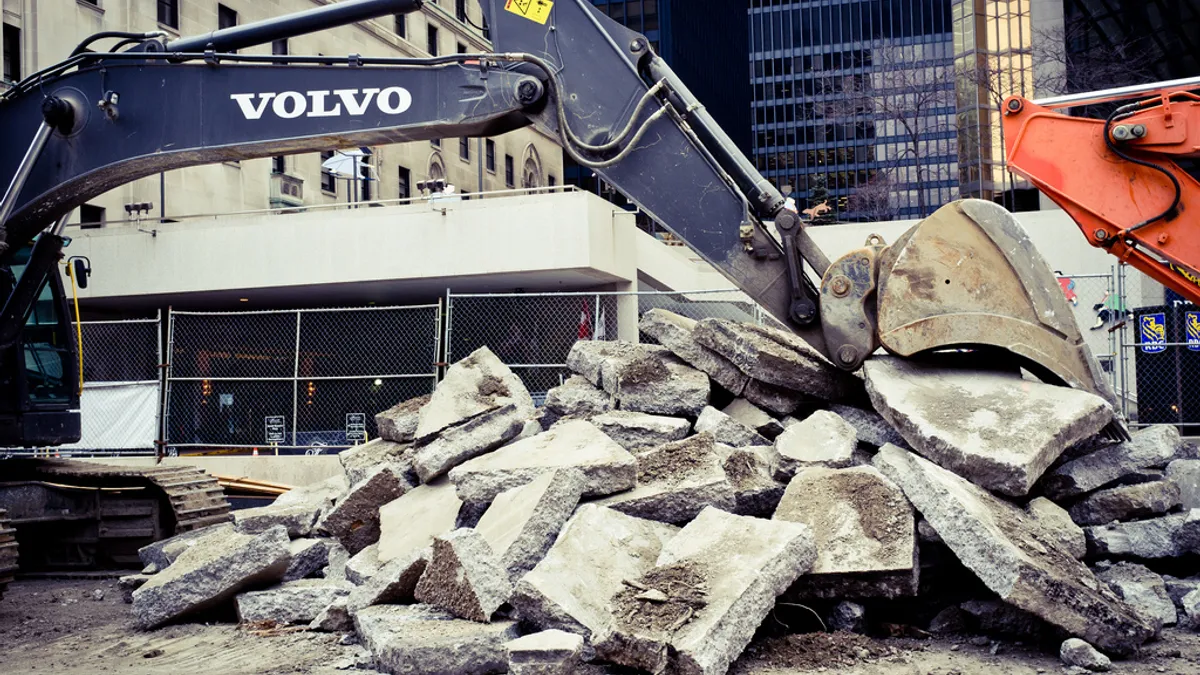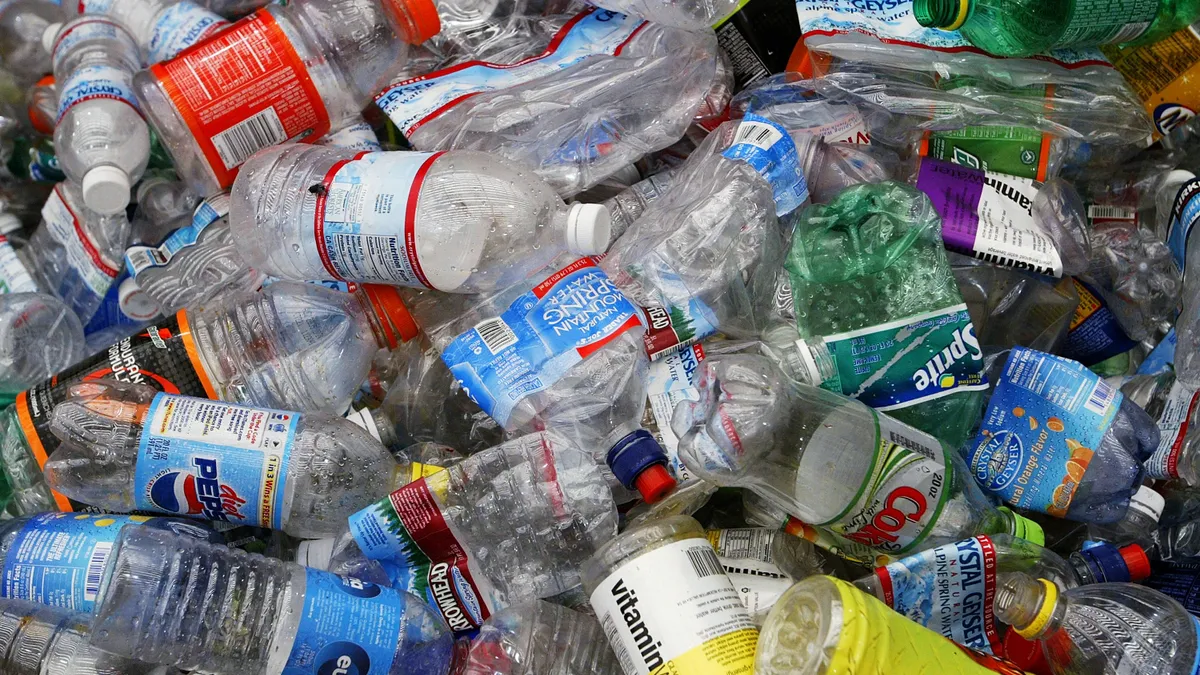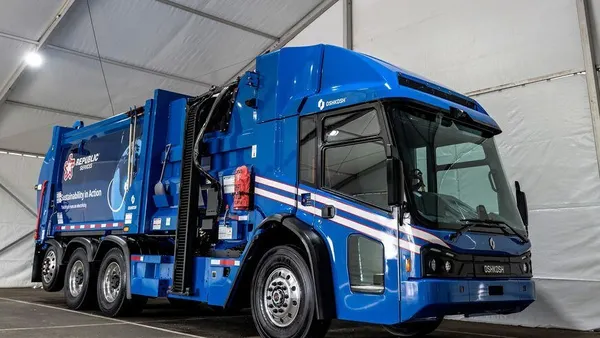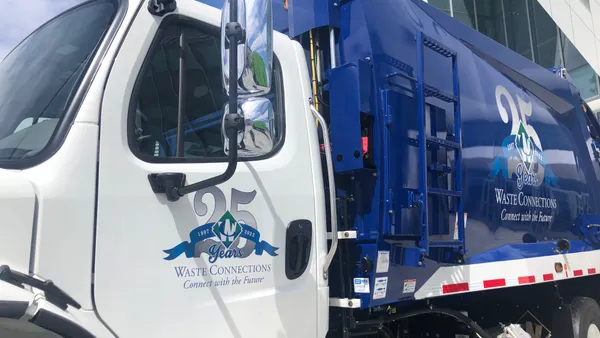Dive Brief:
- Development in Minneapolis and St. Paul, MN has yielded tons of construction and demolition (C&D) waste that is making its way into landfills for disposal.
- State regulators conclude that construction sites across Minnesota produce about the same volume of materials as traditional municipal solid waste (MSW) does per year.
- Although a large industry has cropped up in the past few years to recycle and resell the debris, policymakers are considering implementing regulations that would require a greater amount of C&D waste to be diverted from landfills.
Dive Insight:
Stephanie Zawistowski, Minneapolis Mayor Betsy Hodges’ sustainability policy aide, said, “If you look around Minneapolis… you know this (C&D) is going to be a growing piece of our waste picture going forward."
Remodeling homes and replacing existing structures altogether is gaining momentum in the area as the economy improves. The county plans to examine the capacity of the recovery market in order to assess what goals are reasonable.
Under Mayor Hodges’ "Zero Waste" initiative, Minneapolis is taking a look at rules other cities have created to encourage or require C&D recycling. Wayne Gjerde of the Minnesota Pollution Control Agency states that more than 1.7 million tons of C&D waste in the state winds up in landfills. Execs at Atomic Recycling estimate that approximately 50% of a typical home’s waste can be recycled.
The growing amount of waste brings with it the potential to attract waste firms to handle C&D debris in the Twin Cities. In April, a report released by Frost & Sullivan predicted European C&D waste recycling will reach $23.85 billion by 2020. Market revenues were listed at $18.75 billion in 2013. Analysts suggest European C&D waste must attain a recycling target of 70% by 2020.













